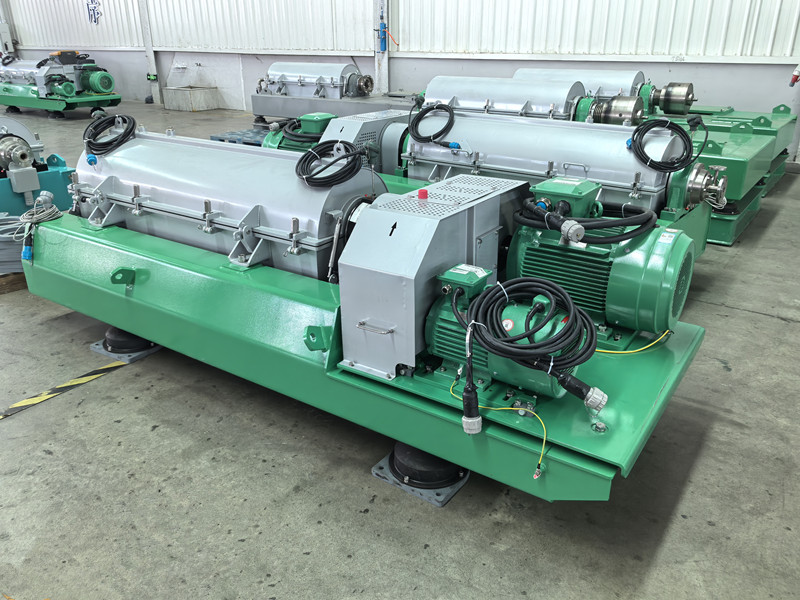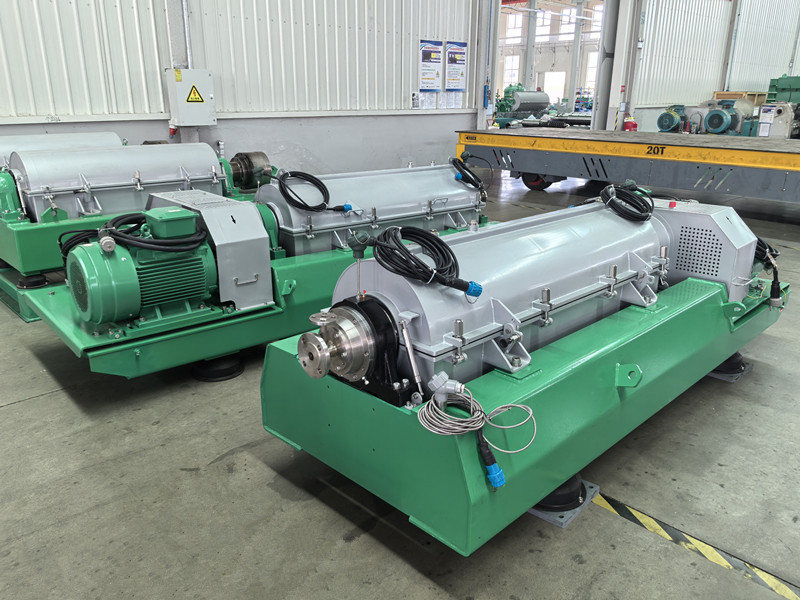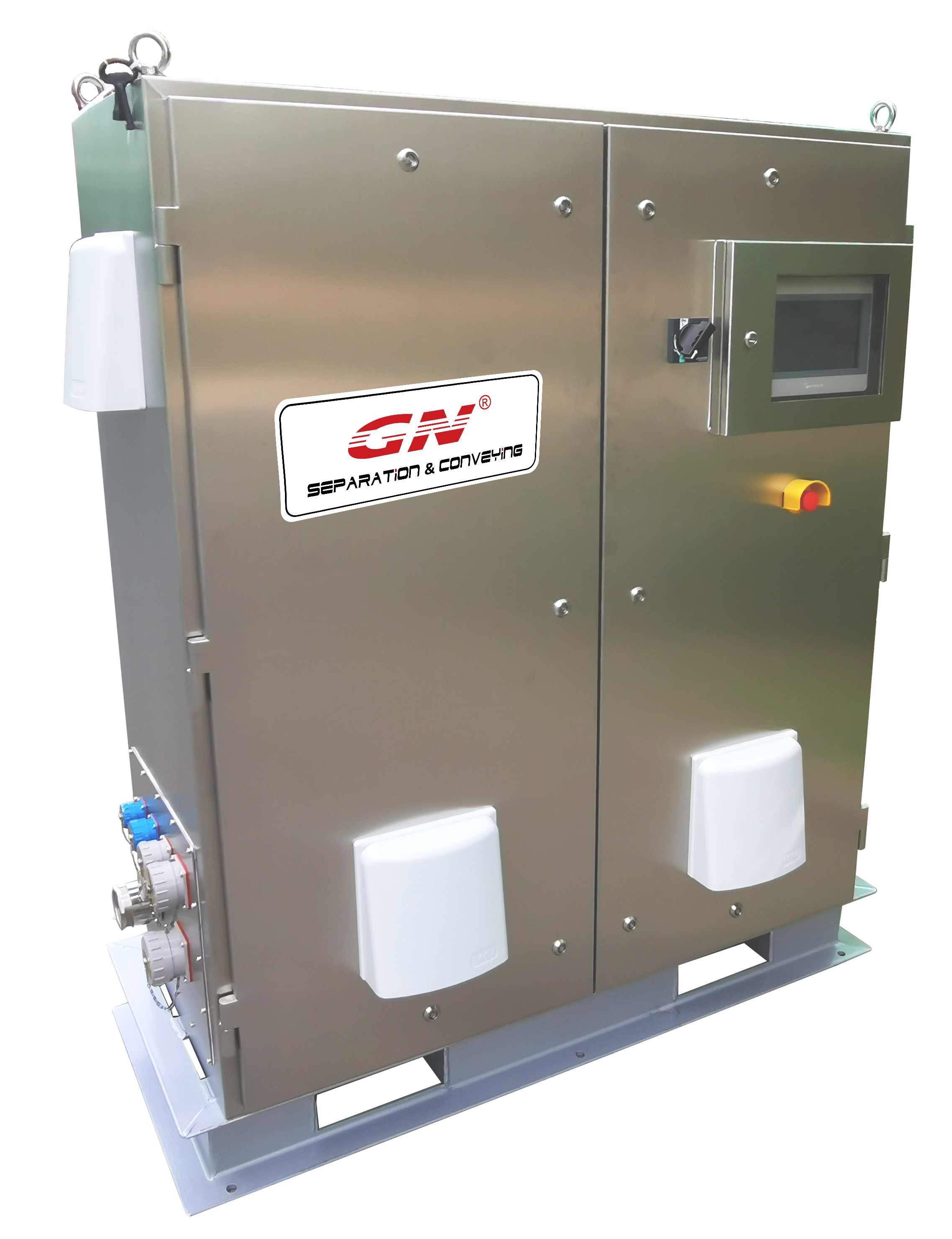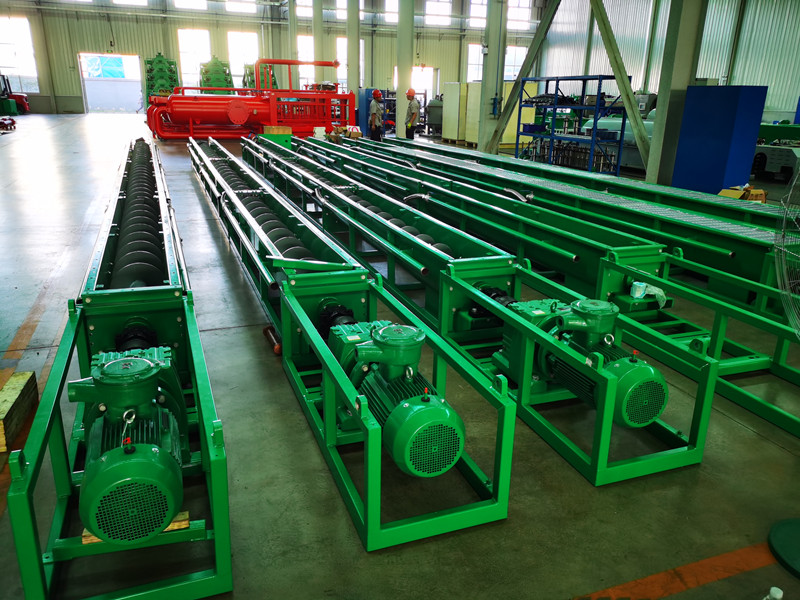The GNLW364 is a 14-inch bowl high-speed decanter centrifuge engineered for wastewater treatment, designed to handle both oily and oil-free effluents. Built on a robust standard design, the GNLW364 can be modified and customized to meet the unique requirements of different projects. In this particular case, it was tailored for an overseas environmental company, with adjustments made to suit the client’s site-specific conditions and processing goals.

To ensure each solution is fit-for-purpose, GN Solids Control sales engineers begin the process by issuing detailed technical questionnaires. These help gather all necessary project parameters and operational conditions. Based on this information, GN’s centrifuge engineering team proposes optimized specifications to deliver efficient and reliable separation performance.

Technical Features
Bowl Geometry: The GNLW364 features a bowl with a 4:1 diameter-to-length ratio, which is considered ideal for wastewater and dewatering applications. This larger ratio increases sedimentation efficiency, supporting higher throughput and improved separation.
Centrifuge Speed Control: Variable speed control is essential for wastewater treatment due to fluctuating feed characteristics. The GNLW364 is equipped with a VFD (Variable Frequency Drive) control panel that enables precise, real-time adjustment of both the bowl and conveyor speeds to maintain consistent performance across different feed conditions.

Safety System: The unit includes a full suite of integrated safety features, such as temperature and vibration sensors. These protect both the machine and operators, allowing for safe and continuous operation.
Application Scope
This particular project utilizes the GNLW364 for 2-phase separation. However, GN Solids Control also offers 3-phase decanter centrifuges to handle more complex separation tasks involving oil, water, and solids. Available in multiple bowl sizes, these systems are used widely in industries such as petroleum refining, chemical processing, food production, and environmental engineering.
The flexibility and engineering precision of the GNLW364 make it a versatile and reliable solution for demanding separation applications in diverse global markets.







